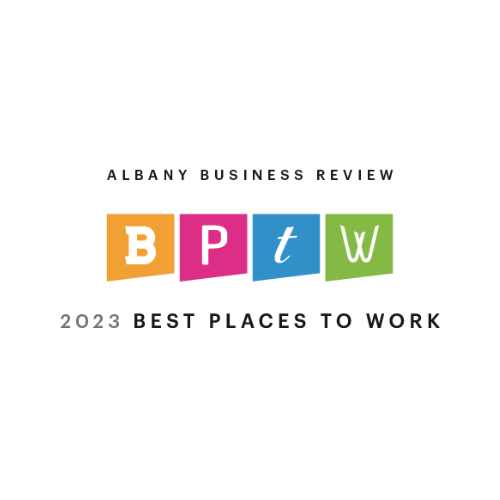On Friday, May 15, the SBA released its PPP Loan Forgiveness Application. The SBA has created definitive rules for certain items that had some uncertainty during the early stages of this program. The SBA has also outlined the steps necessary to calculate payroll during the forgiveness period. There is some complexity to the payroll calculation, which we will discuss in a subsequent article. For now, here are some of the other specific rules that may be included in your loan forgiveness:
- Interest on mortgage obligations as well as interest on personal property (i.e. loans for equipment) for all loans incurred before February 15, 2020.
- Covered rent obligations: business rent or lease payments pursuant to lease agreements for real or personal property in force before February 15, 2020. (i.e. leases on equipment can be included)
- Covered utility payments, including services for electricity, gas, water, transportation, telephone and internet access for service which began before February 15, 2020.
- Prior to the issuance of the Forgiveness Application, there was some understanding that a full time equivalent (FTE) employee would be counted based on 30 hours per week. The Forgiveness Application clarifies that a FTE employee is now counted based on 40 hours per week.
- In an effort to prepare you for the payroll calculation, you will need to list employees individually into two separate groups:
- Employees equal to or less than $100,000 annually
- Employees over $100,000 annually
- An eligible nonpayroll cost must be paid during the covered period or incurred during the covered period and paid on or before the next regular billing date, even if the billing date is after the covered period. An example of this might be the following: a utility bill is received on May 30 and it is for the period of May 1 through May 28. Let’s assume your covered period ends on June 3. Since the expense was incurred during the covered period, it can be forgiven so long as you pay before the next billing date.
- The current rules indicate that an employer has to maintain the same FTE level on or before June 30, 2020 as it was for the period of February 15, 2020 to April 26, 2020. If they do not maintain the same FTE level, there will be a reduction in the amount of loan forgiveness. One caveat to the counting of FTEs is that the employer does not have to count reductions if they are related to the following:
- Any position(s) for which the borrower made a good-faith, written offer to rehire an employee during the covered period which was rejected by the employee
- An employee who was fired for cause
- An employee who voluntarily resigned
- An employee who requested and received a reduction of their hours
- The SBA will review loans in excess of $2 million for the “loan necessity” certification. The application includes a check box if the borrower, along with affiliates of the borrower, have a PPP loan with the original principal amount in excess of $2 million.
- If the borrower received an Economic Injury Disaster Loan (EIDL) advance, you will need to enter that amount.
- If the borrower applied for an EIDL, you will be required to enter the application number. You are allowed to receive both loans, but you cannot use the EIDL loan on the same cost items as the PPP.
We hope that the above helps clarify some elements that were unclear from the early part of the PPP program. We will follow up with a step-by-step guide on how to calculate your payroll for forgiveness based on the rules published last Friday.
As always, this program is new for all of us. If you are struggling to understand any part of these rules do not hesitate to reach out to us for assistance. Call us today at 518-459-6700 for more information.


